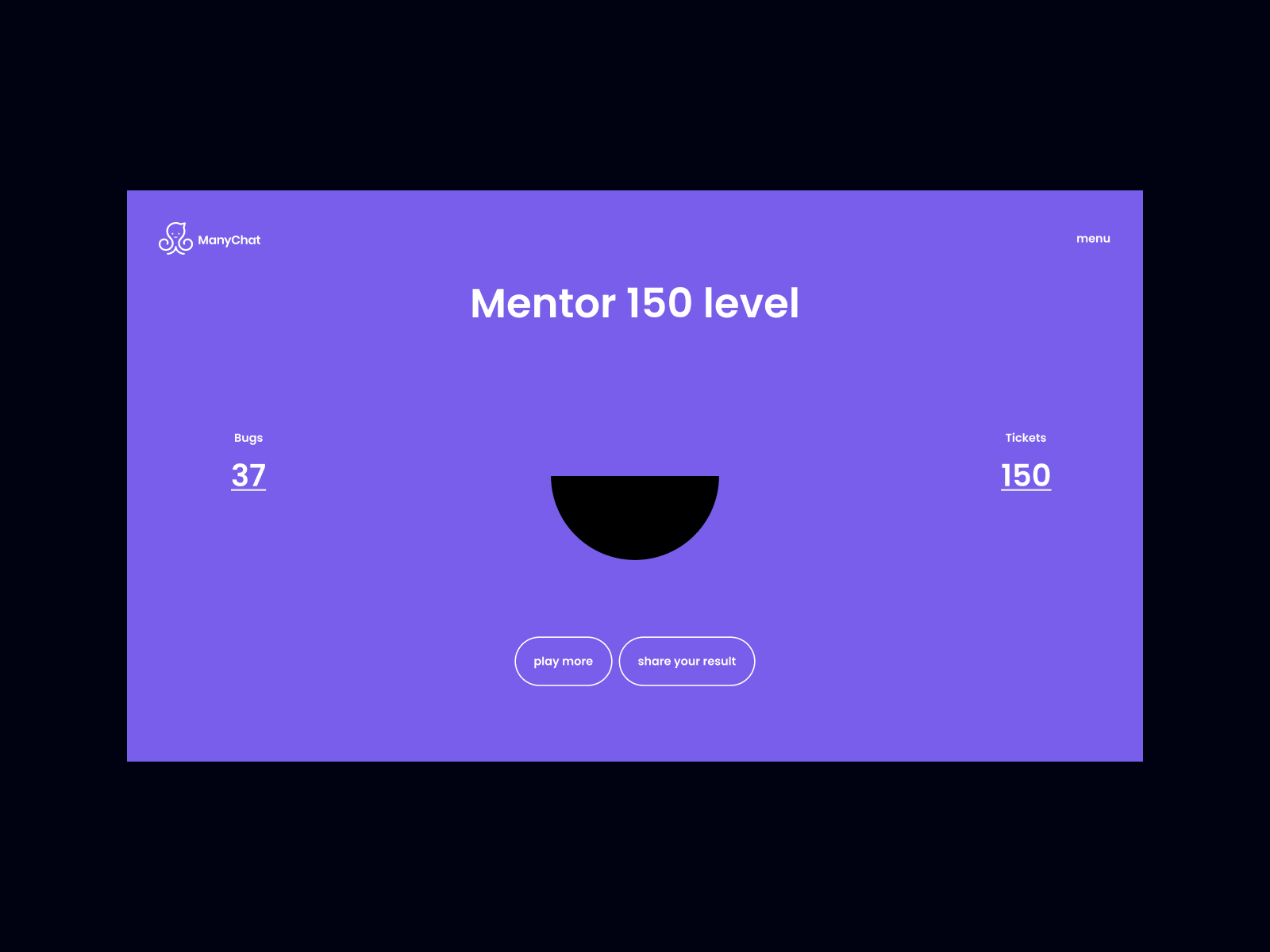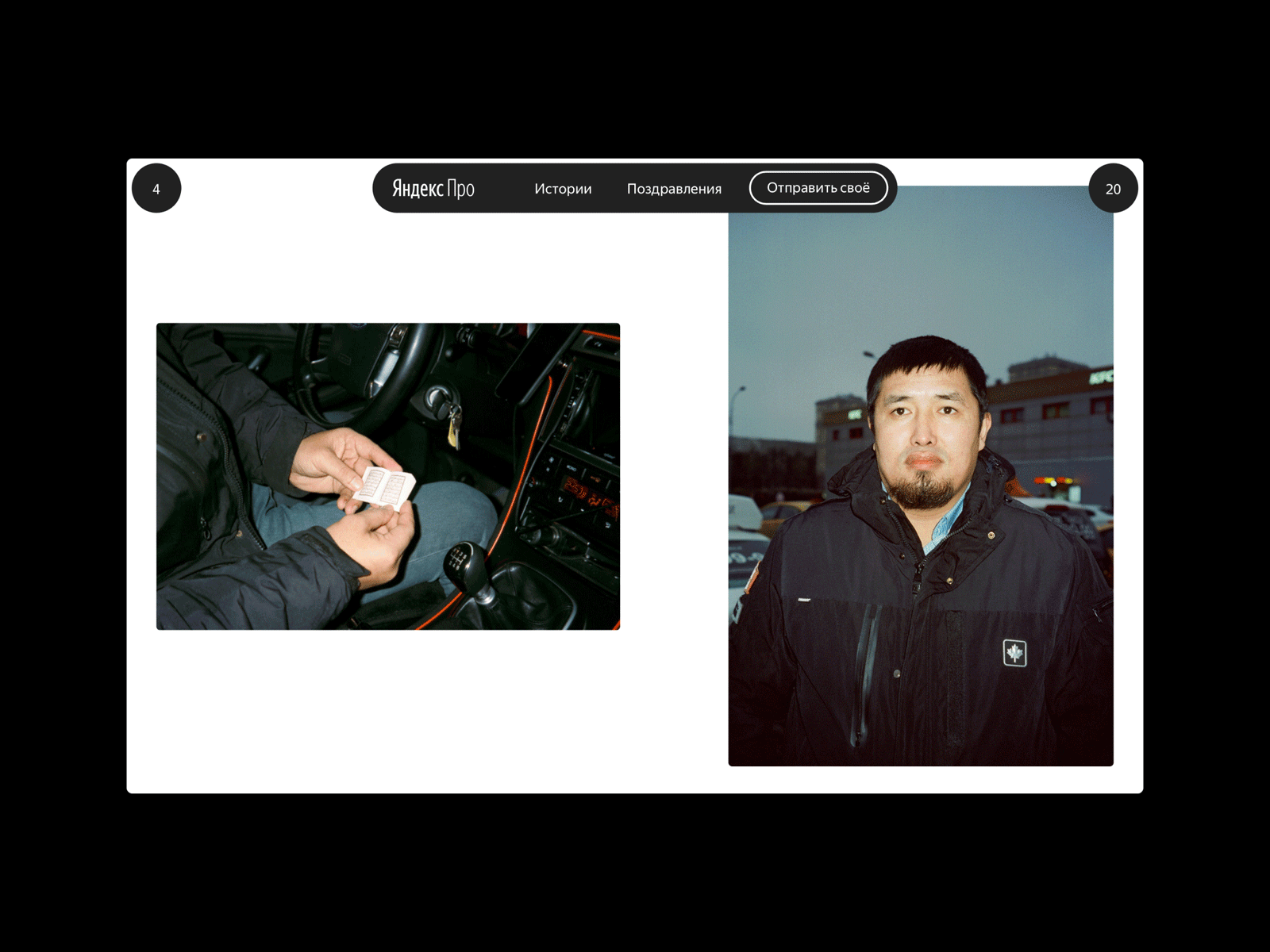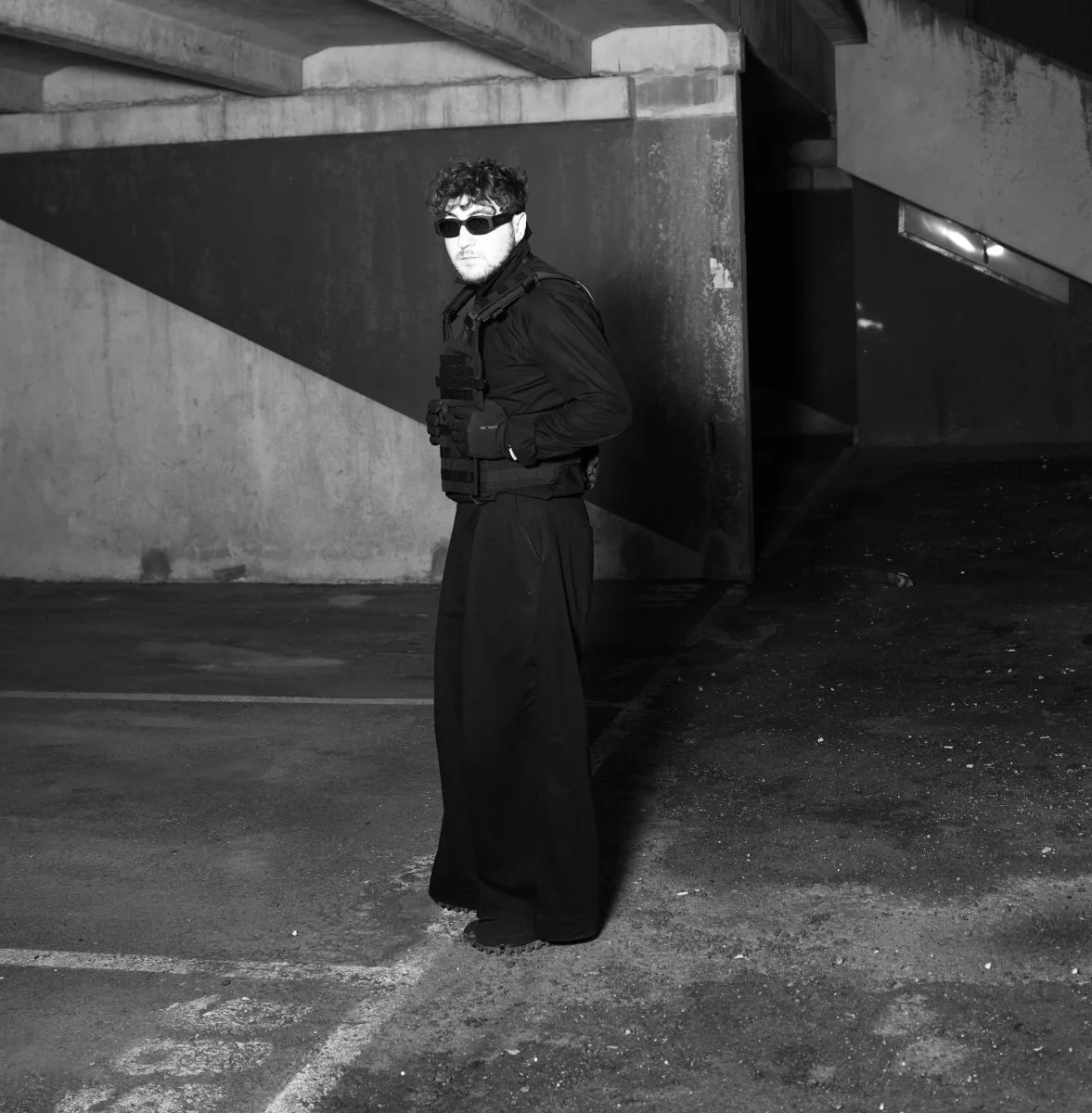What led you into design?
I grew up in Vitebsk, Belarus, during the 2000s, when local networks were booming. Driven by curiosity and a desire to connect, my neighbors and I embarked on a DIY project to build a complex local network—just for communication and learning, without any involvement from big companies or organizations. We started by connecting computers within our building, then expanded the network to other buildings, and eventually across entire districts, running cables from rooftop to rooftop. Our network was called s7.lan, named after the South 7 district. It was a self-organized initiative fueled by enthusiasm and problem-solving, and at its peak, over 1,000 computers were connected.

In this network, my friend and I ran a server we called "True Server", and we were known as the "True Clan". My friend took care of the hardware side, while I focused on the software. We hosted a forum and a web portal on the server, and that was my first experience designing and developing something that hundreds of people interacted with. I was hooked on the process of creating digital spaces and experiences.
Later, during my university studies, I began freelancing as a designer and web developer. This led to opportunities in a studio, then an agency, and eventually working client-side in several product startups. These experiences allowed me to explore design from multiple perspectives. At the time of this interview, I’m focused on running my own studio, where I combine everything I’ve learned and partner with a producer who helps build teams and bring in the right specialists as needed, ensuring we create meaningful and impactful projects.
What does a typical day look like?
There’s no such thing as a typical day for me—it all depends on what’s on my plate. Some days, I’m fully immersed in supporting multiple small features across various projects while chatting with stakeholders throughout the day. Other days might involve brainstorming with the team, generating ideas, and developing creative or design concepts, which is always inspiring. Then there are days when I’m deep in focus, writing code for a project without speaking to anyone. And sometimes, my day revolves around managing: collaborating with stakeholders, presenting ideas, discussing new projects, aligning on goals and results, handling briefings, budgets, and tech stacks.
Despite the variety, there are a few constants that anchor most of my days:
-
Starting the day with a good cup of coffee.
-
Taking time to check new projects on Awwwards and vote for them as part of my role as a jury member.
-
Having a regular meeting with my producer once a week for a retrospective of the current results and to plan the next week. Since we’re in the process of setting up the studio, we also conduct a lot of strategic sessions to refine our direction and processes.
This mix of variety and structure keeps my work dynamic, challenging, and rewarding.
What's your workstation setup?
I don't have a constant workplace setup. I primarily use my MacBook Air M2, which I can work from anywhere that has enough natural light and a reliable internet connection.



Where do you go to get inspired?
Inspiration comes from a wide range of sources for me. I find it in the design of buildings, historical contexts, and how different cultures or people adapt and evolve over time. Standup comedy and migration stories offer unexpected lessons in timing, narrative, and resilience, while museums and creative and management frameworks provide new perspectives on problem-solving. Charismatic people or memorable fictional characters often influence my approach to storytelling and emotional engagement in design. I also enjoy studying movie opening and closing titles, as well as music videos, for their creativity and visual storytelling.
As a designer, I’m deeply inspired by new technologies and innovations. The rapid evolution of tools and platforms—whether in AI, design software, or web development frameworks and libraries—constantly opens up new possibilities. I enjoy exploring the technical aspects of these developments, integrating them into my work, and finding creative ways to apply them. Understanding the "how" behind new technologies often sparks fresh ideas on how to solve problems more efficiently or enhance user experiences.
I also stay updated on the latest trends by following studios, agencies, designers, and tech companies. This helps me stay informed about new ideas, processes, and innovations within the industry, pushing me to think differently and continually challenge my own boundaries.
For more practical tasks, like finding inspiration for specific projects, I use tools like Pinterest and Savee to gather visual references. I also refer to more niche sources, such as platforms featured in my Medium article, which provides inspiration specifically for website projects.
And of course, inspiration is everywhere in my daily experiences. Whether it’s problems I’m solving, conversations with others, or simply reflecting on my emotions, these moments often shape my work. The creative process continues in my sleep, with dreams mixing overnight. Then, during my morning shower, I reflect on those thoughts, which influence the projects ahead.
What product have you recently seen that made you think this is great design?
Let me say, I view the movie "The Substance" as a powerful example of design in storytelling. The metaphors and how the concept unfolded throughout the film truly stood out to me. The visual language was striking, and the phrase "ridiculous should always smile" particularly resonated with me—it felt like the film's climax. It offers a sharp commentary on society's obsessions and mental dynamics. From its narrative to its visuals, the film's design provides an innovative exploration of human nature and the challenges we face, making it genuinely memorable.
I remember watching it in the cinema in Tbilisi, and as the film neared its finale, the entire audience leaned closer to the screen, holding their breath in anticipation and releasing their emotions as one unified organism. I haven’t seen anything like that in a long time, and for me, it confirmed the impact it had on everyone. I’m convinced that design should evoke emotions, and this movie perfectly exemplified that.
What pieces of work are you most proud of?
At Soramitsu, the Japanese crypto startup, where I was the sole designer and developer for marketing web projects, I’m most proud of standardizing the tech stack, migrating old projects to it, and launching several new ones. Notably, SORA and Fraud Intelligence Limited stand out as successful milestones.

At Manychat, the chat marketing platform, I am proud to have played an active role in establishing and later leading the marketing technologies team, ‘Mart’ (Marketing, Technologies, and Art). This team is responsible for supporting all the web projects that users encounter before logging into the product. A notable project was the Instagram Summit, which helped Manychat, within just one year, grow its new Instagram DM channel to compete with its original Facebook Messenger channel in processed messages. Another project worth mentioning is the Burn the Tickets Game, a fun and engaging initiative to promote Manychat’s HR brand.

Finally, 20 Stories of 2020, a magazine I developed for Yandex Taxi to celebrate taxi drivers and couriers during the 2020 COVID year, is another project I’m especially proud of. This project highlighted the resilience of essential workers during a challenging time.

What design challenges do you face at your company?
The main challenge for my studio right now lies in planning. We often have incoming projects with short deadlines, which makes it harder to maintain a consistent schedule. At times, we miss out on exciting opportunities because we’re already committed to other work. On the flip side, there are periods with no active projects, which, while less ideal financially, allow us to focus on case studies and self-initiated work. Balancing this flow remains an ongoing effort.
What music do you listen to while designing?
Any advice for ambitious designers?
Find the way of doing things that fits you best and keep your portfolio up-to-date
Anything you want to promote or plug?
I want to promote my studio lisovskiy.work. We specialize in crafting unique experiences that stand out. By combining creativity with technology, we create designs that reflect your individuality and resonate with your audience. Our passion lies in brand identity, digital design, web production, and creative campaigns.
If you’re looking for a fresh, tech-driven approach to your brand or project, feel free to connect.




































